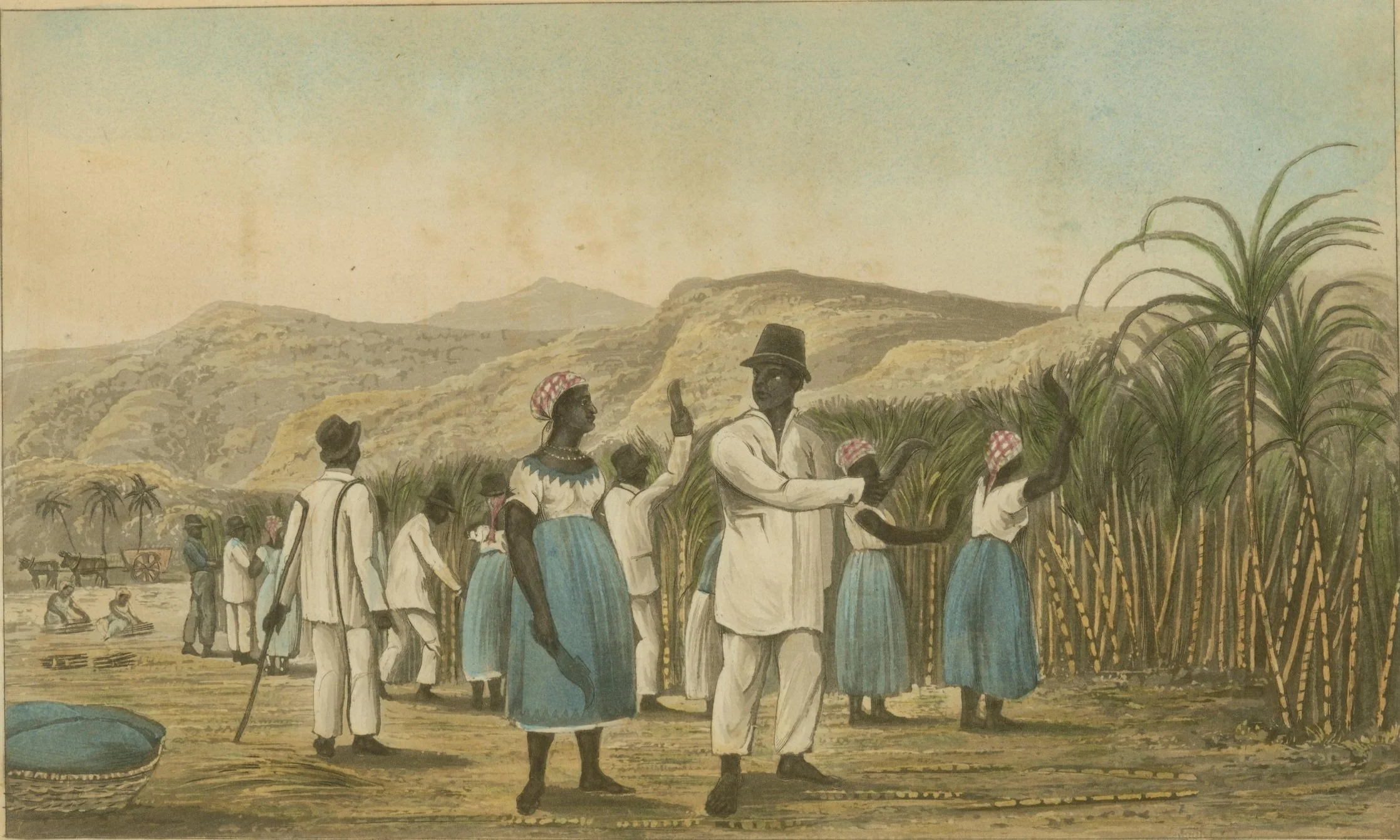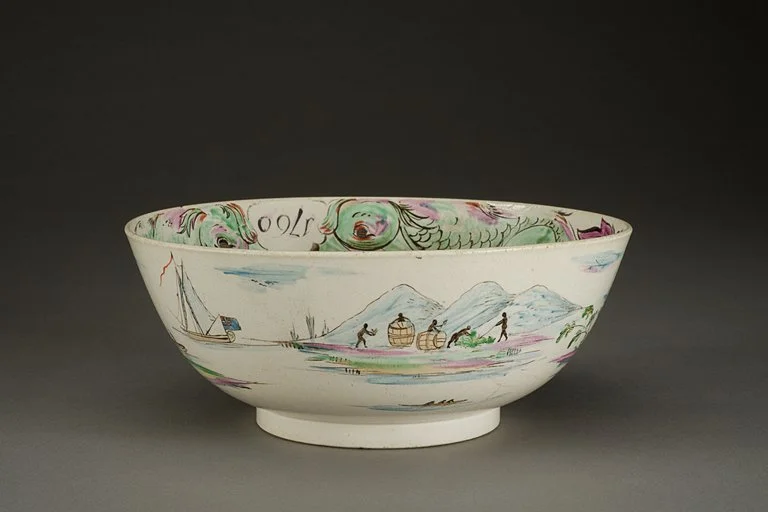Visualizing Property, A Virtual Exhibition
by Constanza Robles
During the Transatlantic Slave Trade period, from the early 1500s to 1867, approximately 12.5 million men, women, and children were forcibly displaced from Africa, with many not surviving the nine-week Atlantic voyage known as the Middle Passage. From 1750 to 1807, Britain became the leading slave-trading nation in Europe.
Visualizing Property centers on a 1772 manuscript plan of the Belvidere plantation in Jamaica, where hundreds of enslaved people lived during that time. Belvidere was owned by a relative of the famous English novelist Jane Austen (1775–1817): her father’s first cousin, John Cope Freeman (1726–1788). Recently acquired by the John Carter Brown Library in Providence, Rhode Island, the map is a rare and significant archival document of enslavement. This exhibition is the culmination of an internship at The Race and Regency Lab under the guidance of Lab Director Patricia A. Matthew. The exhibition brings together a diverse range of objects—maps, plans, ceramics, books, prints, and documents—to illustrate the significance of the Belvidere map in the broader history of the British Empire.
The year the map was created, 1772, marks the beginning of the American Revolution and the ruling on Somerset v. Stewart by Lord Mansfield (1705–1793), widely interpreted, although inaccurately, as making slavery illegal in England and serving as a landmark for the abolitionist cause. The exhibition explores the intended use of the objects included and marks their role as instruments of power and racial categorization, which in many cases romanticized the institution of enslavement and commodified enslaved people.
Visualizing Property consists of five connected “rooms.” Starting with “Mapping Belvidere, Jamaica” and “The Plantation Landscape,” which focus on mapmaking and the representation of plantations with enslaved people, the exhibition then turns to “Circulating Narratives,” centering on the dissemination of print material. “Abolition and the Regency” explores tableware as a site of political agency, while “Jane Austen’s Mansfield Park (1814)” contextualizes the Regency era (c.1795–1837) and examines how British society grappled with its economic dependence on the Transatlantic Slave Trade system.
The concept for this exhibition is inspired by Cheryl Harris’s 1993 essay, “Whiteness as Property,” which explains how white identity became the basis of racialized privilege, legitimized in law as a form of status property, conflating race and property by establishing property rights contingent on race—only Black and Indigenous people “were subjugated as enslaved and treated as property.”
Boston, August 2024





